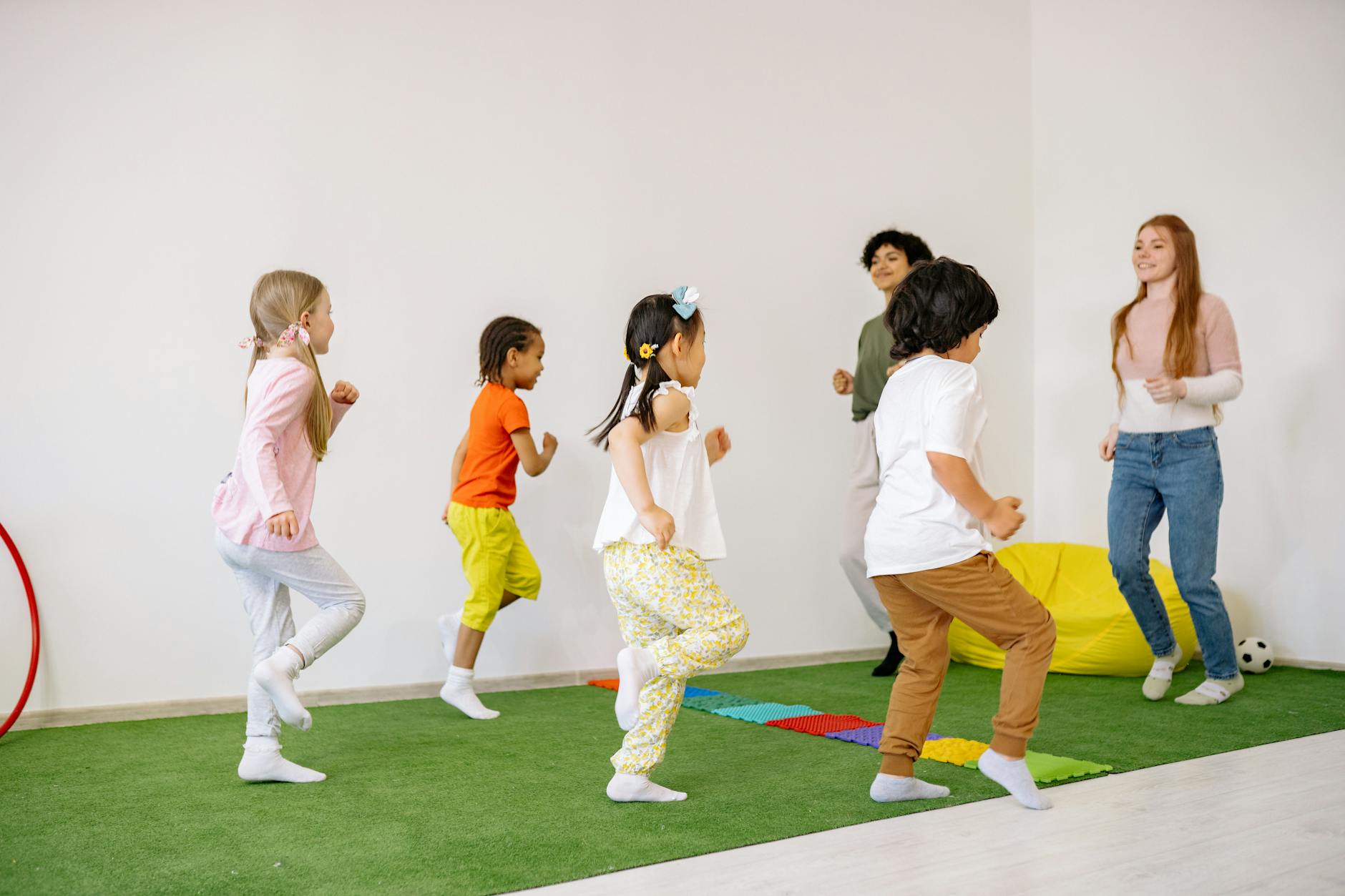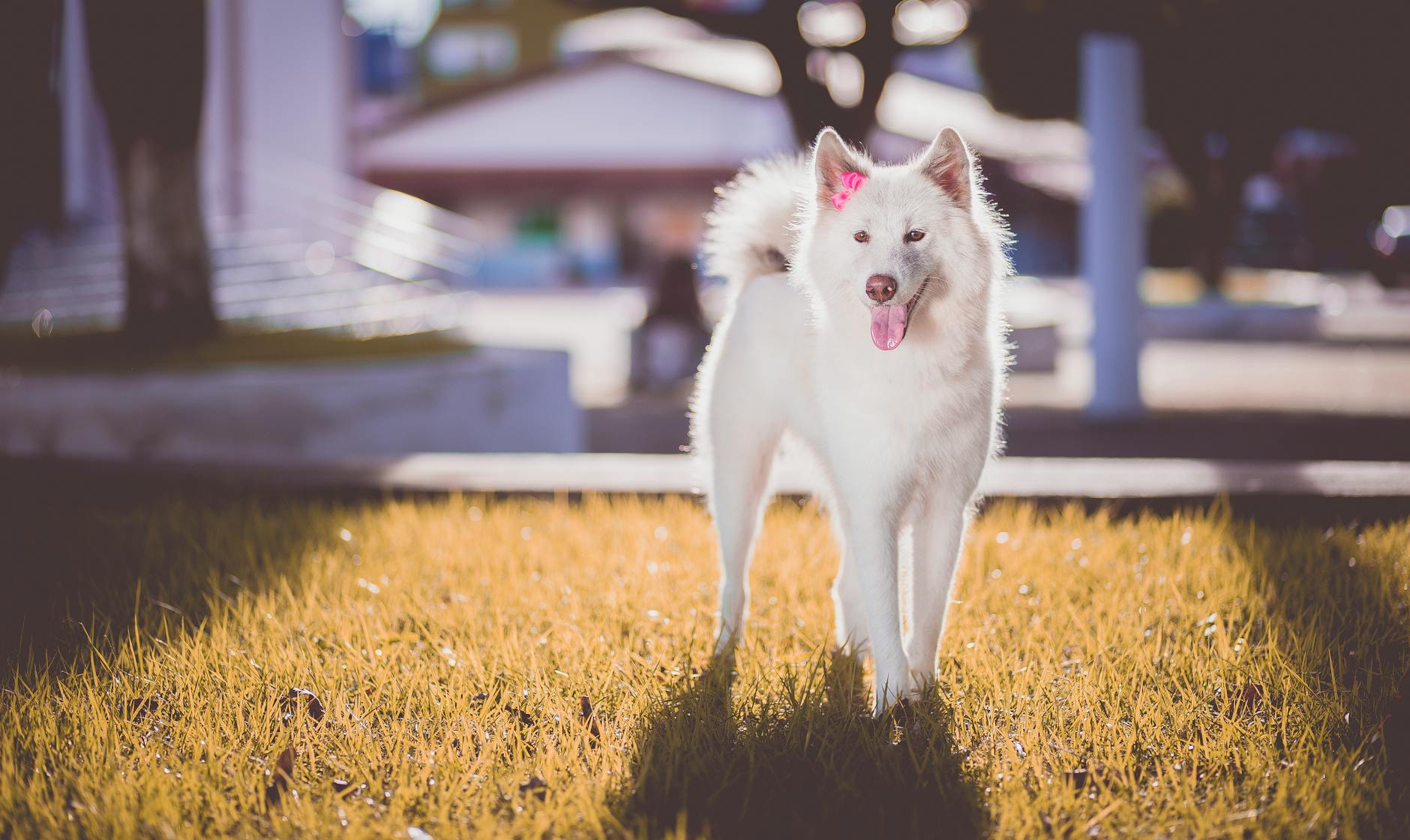Why Australian Dog Owners Choose Eco-Friendly Training Options

Benefits of Eco-Friendly Training
When it comes to dog training tools that align with environmental values, options like GPS dog tracking, barking collars, and electric collars dogs can be viable solutions. As you wander the winding paths of the Daintree Rainforest with your furry companion, it's essential to consider the impact of your training tools on the vibrant ecosystems around you.
Sustainable Materials in Use
Choosing training products made from sustainable options doesn’t only benefit your dog but also the environment. Using tools with biodegradable materials minimizes waste. Look for collars or training devices constructed from recycled materials, which help foster a cleaner habitat and are healthier for the planet.
Healthier for Pets and Owners
Eco-friendly materials tend to be devoid of harsh chemicals, making them safer for both pets and owners. Natural fibres and alternatives ensure that contact with the skin doesn’t lead to unwanted reactions—be it on your dog's neck or your own hands. This commitment to health aligns with a love for nature, much like appreciating the coral ecosystems of the Great Barrier Reef Marine Park.
Enhancing Environmental Awareness
Incorporating eco-conscious choices in dog training amplifies your awareness of how everyday decisions impact the planet. It prompts a reflective consideration of your pet’s footprint, similar to being mindful of eco-friendly practices while exploring the azure waters. Each purchase is a step toward nurturing not only a well-behaved pet but also a cleaner Earth.
Popular Eco-Friendly Options
Embracing eco-friendly dog training products can blend your passion for innovation with sustainable practices. For instance, biodegradable bark collars enable you to maintain training efficiency without harming the environment. These collars, crafted from sustainable materials, effectively manage your dog's behaviour while keeping waste minimal.
Another option is investing in a hidden dog fence system. This technological solution provides a safe and environmentally friendly boundary for your furry friend, using less physical material compared to traditional fences. It not only ensures security but also reduces the environmental footprint by using renewable energy sources and longer-lasting materials.
Consider biodegradable training pads, which decompose faster than their conventional counterparts, minimizing landfill contributions. Made from natural fibres, they are both effective and sustainable, perfect for training and day-to-day use.
Reusable training accessories are another smart choice. Items like silicone treat pouches and washable clicker straps can be used repeatedly, reducing plastic waste. These tools are not only eco-conscious but also durable and convenient for a busy lifestyle like yours.
Finally, opt for treats made from natural ingredients. Organic and locally-sourced dog treats provide tasty rewards for your pet, assuring you of their safety and ethical production. By choosing products with minimal packaging, you can further lessen environmental impact.
These eco-friendly options are just the beginning of a sustainable change for your pet care routine. Inspired by Cairns' natural wonders like the Daintree Rainforest and the Great Barrier Reef Marine Park, make choices that reflect a commitment to preserving our planet.
Implementing Green Practices
Setting Up a Green Training Area
Creating an eco-friendly training space for your dog can begin with evaluating the materials used in your setup. Opt for sustainable options that align with nature's ethos. For instance, choose training tools crafted from recycled materials or bamboo. This not only limits waste but is also a great step in making your dog's environment eco-conscious.
Once the foundation is set, consider incorporating natural elements to make the area more inviting and realistic. Training outdoors in your garden or a local park echoes the natural surroundings of the Daintree Rainforest, providing an enriching experience for both you and your dog. If an outdoor setting isn't feasible, indoor plants made from recycled materials can simulate a touch of the outdoors.
Incorporating Eco-Friendly Toys
In addition to your setup, integrating eco-friendly dog toys into the mix can enhance your training sessions as well. Wooden dog toys or those made from organic cotton serve as excellent alternatives to conventional plastic ones. They're not only kinder to the environment but often more durable, which means you won’t need to replace them as frequently.
Reducing Waste During Training
Minimising waste during training sessions can be surprisingly effective. Opt for toys and tools that are reusable or have minimal packaging. For example, investing in eco-friendly gadgets like an anti barking collar ensures you're not contributing to landfill overload. Plus, if you're heading for a training session at Cairns Esplanade Lagoon, don't forget your dog travel accessories to make the journey seamless and responsible. Keeping these tips in mind can not only enrich your dog training experience but also contribute positively to the environment.
Supporting Local Eco-Products
As an outdoor guide with a keen eye for sustainable practices, I understand the importance of supporting local eco-friendly products. Choosing locally-sourced and eco-conscious options not only benefits our environment but also supports Australian businesses committed to sustainable development. Embracing such choices can help foster a vibrant green community that values the well-being of both our pets and our planet.
When it comes to dog training, consider exploring products like dog electric collars and alternative tools such as training collars dogs sourced from companies that prioritise eco-friendly practices. These products are becoming increasingly available in the market as awareness grows about sustainable pet care. Selecting training collars made with sustainable materials not only helps reduce environmental impact but also ensures that your pet's needs are met responsibly.
Here's how you can play a part:
-
Purchase from Local Suppliers: Many local businesses in Australia offer pet products made from sustainable materials. Opting for these supports the community and reduces the carbon footprint associated with shipping products from abroad.
-
Choose Recyclable Packaging: Look for products that come in environmentally-friendly packaging, which can be either recycled or repurposed.
-
Share the Knowledge: Educate fellow dog owners about the benefits of using eco-friendly dog training equipment to help cultivate a green pet culture.
By integrating eco-conscious choices into our pet training routines, we move closer to a more sustainable future that benefits both our canine companions and the planet.
Overcoming Challenges in Eco-Friendly Pet Practices
Identifying Authentic Eco Products
Now, when you’re exploring options around the Daintree Rainforest or taking a leisurely stroll by the Cairns Esplanade Lagoon, you're bound to encounter all sorts of products boasting eco-friendly credentials. It’s crucial to examine labels and look for certifications to ensure that the story they tell matches reality. Consider products that are biodegradable and made with natural ingredients that benefit both our environment and our furry companions.
Staying Consistent with Eco Choices
Sticking to eco-friendly choices can feel like navigating the ever-changing currents of the Great Barrier Reef Marine Park. To stay true to the cause, create a routine. Think of it as marking your trail through the wilderness — each decision, from selecting biodegradable training pads to utilising reusable training accessories, helps reinforce habits that become second nature. Consistency is key in fostering a sustainable environment.
Adapting to New Routines
Change is the essence of any adventure, and adapting to new routines is like venturing into unfamiliar trails. While it may take time for both you and your pet to adjust, patience and perseverance are essential. Incorporate green practices gradually, ensuring that both the environment and your furry friend benefit without overwhelming adjustments. Be mindful to reduce waste during training through reusable options, paving the way for a greener future.


